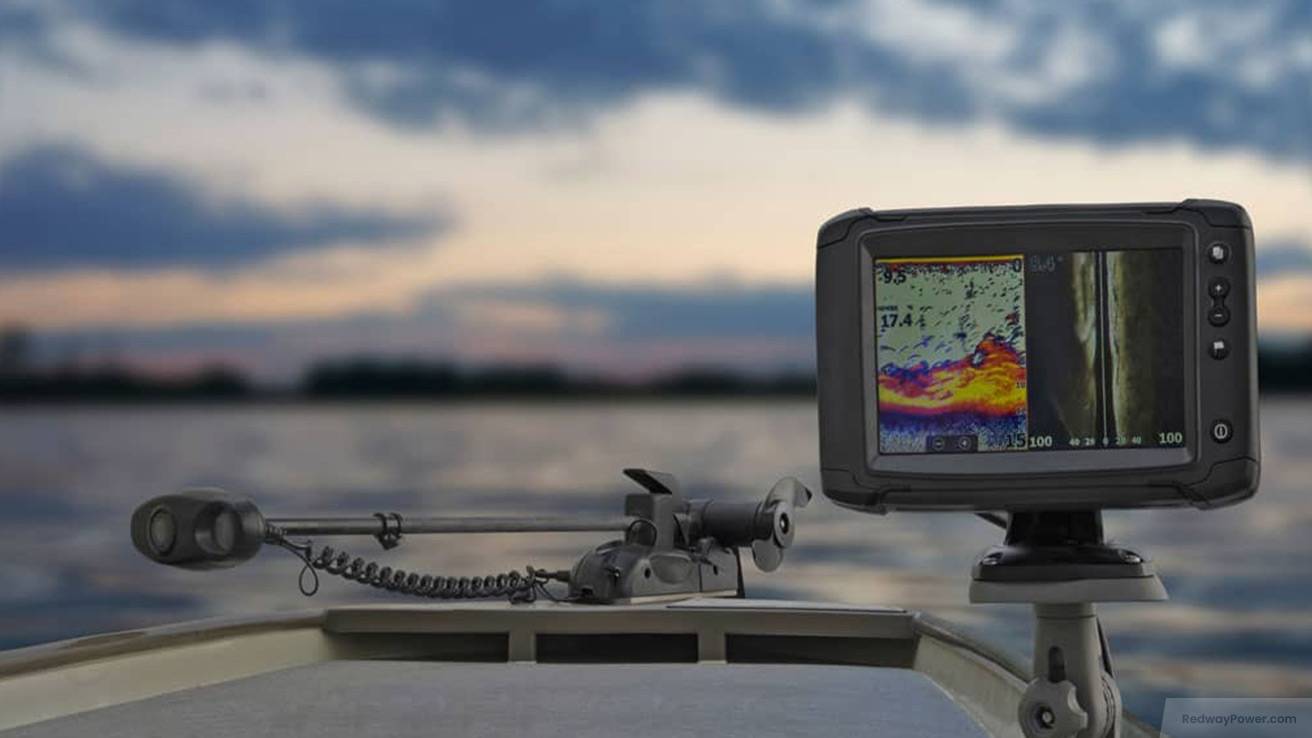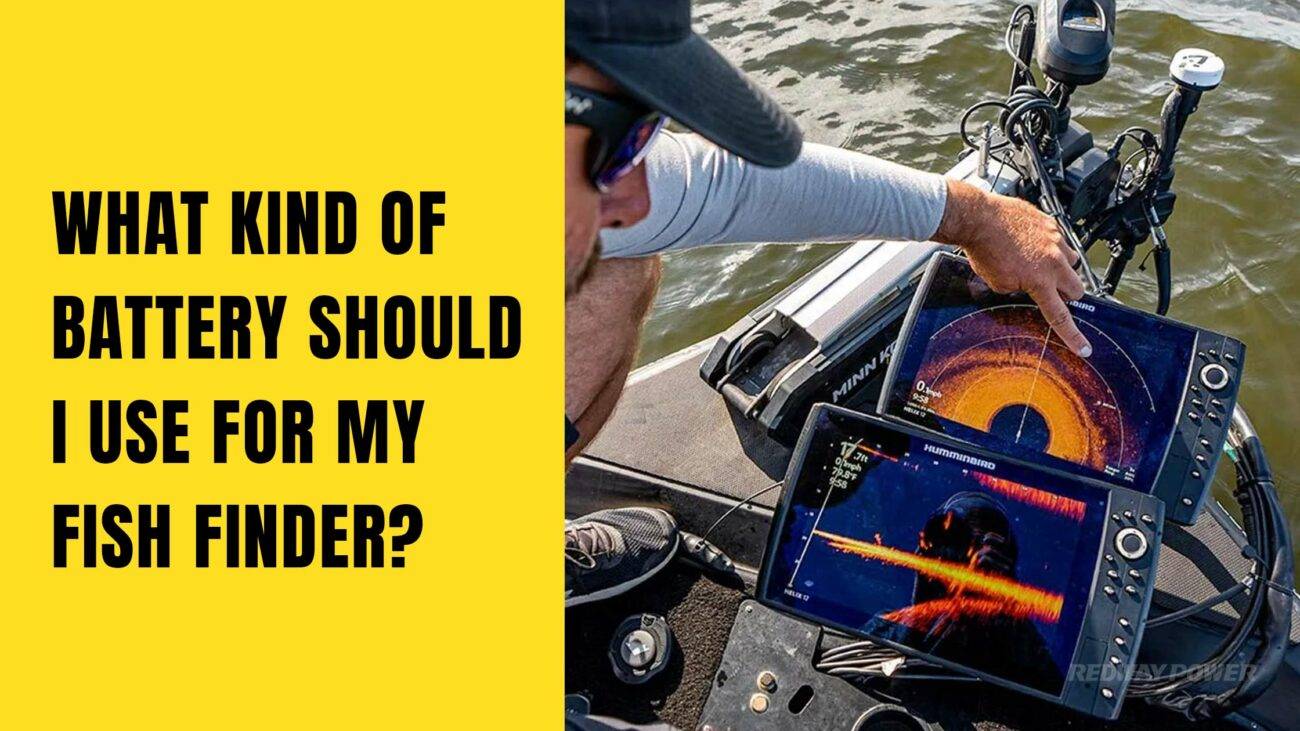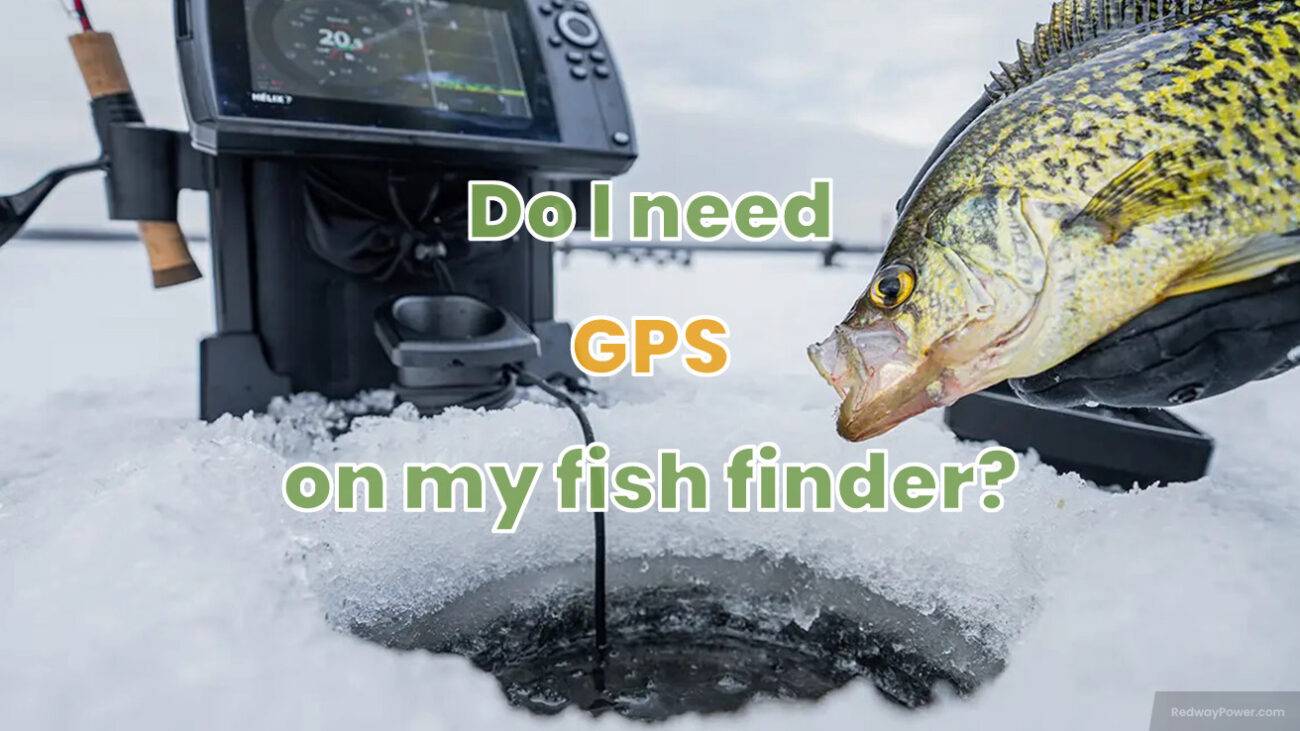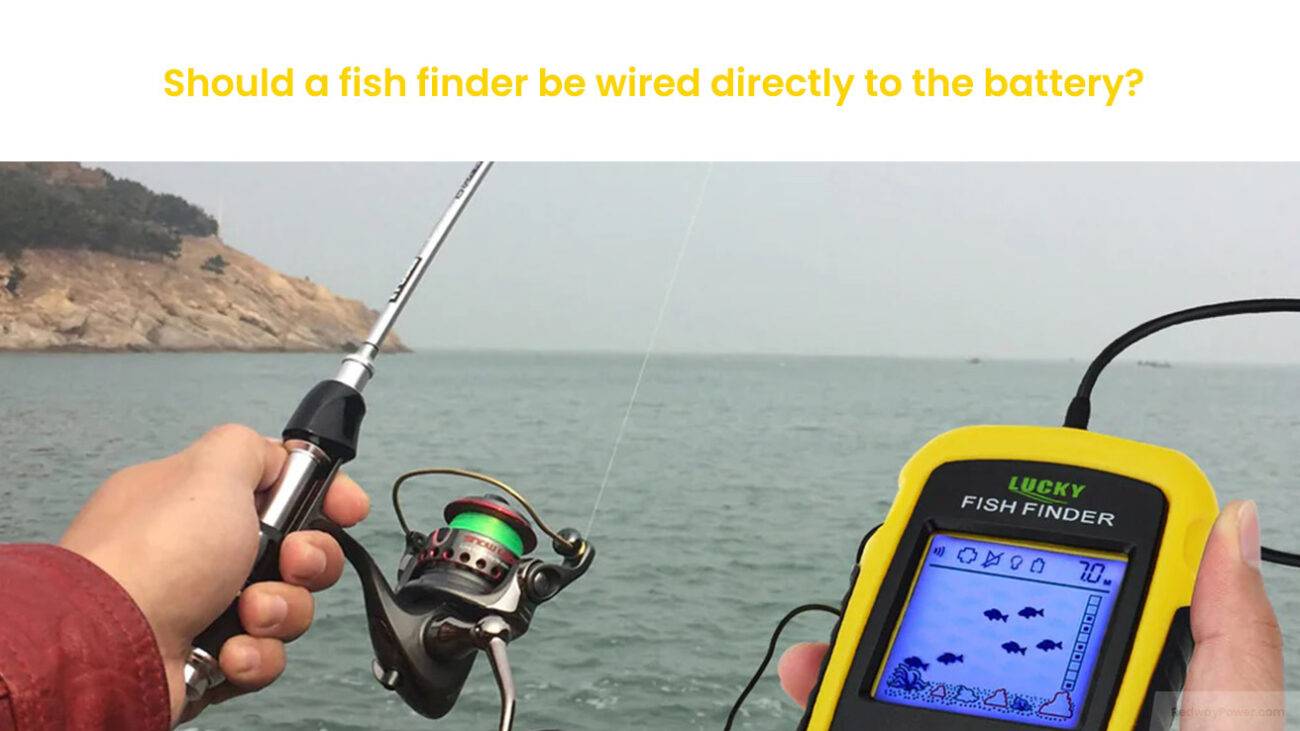- Forklift Lithium Battery
- Golf Cart Lithium Battery
- Rack-mounted Lithium Battery
51.2V 100Ah Rackmount LiFePO4 Battery
8000 times (80% DOD 0.5C)
Optional SNMP for TELECOM - Car Starter Battery
- 12V LiFePO4 Battery
12V 150Ah Lithium RV Battery
Bluetooth App | Self-heating
LiFePO4 | Group 31
UL 1642 | IEC 62619 - 24V LiFePO4 Battery
- 36V LiFePO4 Battery
- 48V LiFePO4 Battery
- 60V LiFePO4 Battery
60V 100Ah Lithium Battery (AGV, AMR, LGV)
Peak Discharge Current 400A
500 x 298 x 349 mm - 72V~96V LiFePO4 Battery
72V 100Ah Lithium Golf Cart Battery
Peak Discharge Current 315A (10S)
740 × 320 × 246 mm - Wall-mounted Lithium Battery
51.2V 100Ah 5kWh
Wall-mounted Battery532 x 425 x 170 mm / LiFePO4
>8000 Cycles (80% DOD 0.5C)
RS485 / CAN-bus
for Solar Home ESS - Home-ESS All-in-One
51.2V 32kWh
All-in-On HESS SystemPowerAll
51.2V / LiFePO4
>8000 Cycles (80% DOD 0.5C)
RS485 / CAN-bus / WiFi
All-in-One for Home ESS
Is It Beneficial to Run Fish Finders on Separate Batteries?

Using a separate battery for your fish finder can ensure stable and uninterrupted power, preventing the risk of draining your main boat battery. This setup improves sonar clarity by avoiding interference from motors or other electronics. Separate batteries, especially lightweight lithium ones, enhance portability, reliability, and long-term battery life for optimal fishing performance.
What Is a Fish Finder Battery and Why Does It Matter?
A fish finder battery is the dedicated power source providing electricity to your fish finder, enabling it to operate effectively on the water. The quality and stability of this battery directly affect how reliably your fish finder reads sonar signals and displays data. A poor or shared power source can cause interruptions, interference, or premature battery failures, impacting fishing success.
When Is It Necessary to Use a Separate Battery for Fish Finders?
Separate batteries are crucial when fishing from kayaks, small boats, or vessels without robust onboard power systems. These smaller setups may lack sufficient capacity or stability to power fish finders alongside other electronics. Additionally, using a dedicated battery becomes important during long fishing trips or when running multiple energy-demanding devices to avoid depleting your primary battery.
What Are the Benefits of Running Fish Finders on Separate Batteries?
Running fish finders on separate batteries prevents electrical noise interference from motors, ensuring cleaner sonar and GPS readings. It safeguards the main battery’s charge, so essential boat functions remain powered without risk of shutdown. Separate batteries also typically involve lithium technology, meaning lighter weight, faster charging, longer lifespan, and maintenance-free operation — ideal for portability and extended use.
What Are the Drawbacks or Considerations of Using Separate Batteries?
While separate batteries offer numerous advantages, they add some upfront cost and require additional space and management. Extra wiring installation can increase complexity, and users must maintain and monitor battery health. Balancing these factors against fishing style and energy demands is essential to decide if the benefits outweigh the investment.
Which Battery Type Is Best for Fish Finders: Lithium or Lead-Acid?
Lithium batteries dominate as the best choice due to their superior energy density, longer lifespan (10-15 years), fast recharge rates, and light weight. Unlike lead-acid batteries, lithium types can be discharged nearly 100% without damage and resist vibration and temperature extremes common in marine environments. Although pricier initially, lithium batteries deliver better performance and overall value for fish finders.
How Does a Separate Battery Improve Fish Finder Performance and Reliability?
Separate batteries reduce the risk of voltage drops or power interruptions when other electronics or motors demand energy simultaneously. This stable power supply prevents screen flickering, data loss, and erratic sonar images. Cleaner power paths also minimize electrical interference, leading to sharper, more accurate underwater imaging and reliable GPS positioning for confident fishing decisions.
How to Choose the Right Fish Finder Battery for Your Boat or Kayak?
Consider boat size, fishing duration, electronics load, and portability needs. For kayaks or small boats, lightweight lithium batteries between 10Ah-30Ah capacity are ideal, balancing runtime and weight. Larger boats with onboard systems may only need separate batteries if running multiple devices or long trips. Prioritize reliable brands like Redway Power, which delivers OEM-grade lithium batteries combining durability, efficiency, and advanced manufacturing control.
How Do You Install and Maintain Separate Batteries for Fish Finders?
Installation involves securing the battery in a ventilated, dry area close to the fish finder system to minimize voltage drop. Use proper marine-grade wiring, fuses, and switches to protect circuits. Maintenance for lithium batteries is minimal—avoid deep discharges, keep terminals clean, and regularly check charging systems. Redway Power’s batteries come with quality certification and manufacturing execution systems (MES), ensuring consistent performance and safety compliance.
Redway Power Expert Views
“Running fish finders on separate batteries is a strategic choice that elevates your fishing setup from functional to exceptional,” says a Redway Power battery engineer. “Our lithium batteries offer unmatched energy density and resilience, designed to withstand the harsh marine environment while providing uninterrupted power. By isolating fish finder power, anglers enjoy clearer sonar images and longer days on the water without worrying about battery failure or interference.”
Conclusion
Running fish finders on separate batteries is highly beneficial for many anglers, especially those using kayaks, small boats, or relying on multiple electronic devices. Separate lithium batteries offer reliability, lighter weight, longer lifespans, and interference-free power delivery essential for precise fish tracking. While requiring some investment and installation, the performance and peace of mind gained make this setup a wise choice, supported by expert-grade batteries like those from Redway Power.
FAQs
Q: Can I use my boat’s main battery for a fish finder?
A: Yes, but it risks draining essential power and causing interference. Separate batteries help avoid these issues.
Q: Are lithium batteries better than lead-acid for fish finders?
A: Yes, lithium batteries are lighter, last longer, recharge faster, and maintain stable power better than lead-acid.
Q: How long does a lithium battery typically last for fish finder use?
A: Lithium batteries can last 10 to 15 years with proper care, supporting many seasons of fishing.
Q: Can I install a fish finder battery myself?
A: Yes, if you follow safety guidelines for wiring, fusing, and secure installation, or consult a professional.
Q: Does Redway Power manufacture fish finder batteries?
A: Redway Power specializes in OEM lithium batteries designed for marine and outdoor applications, including fish finders.






















